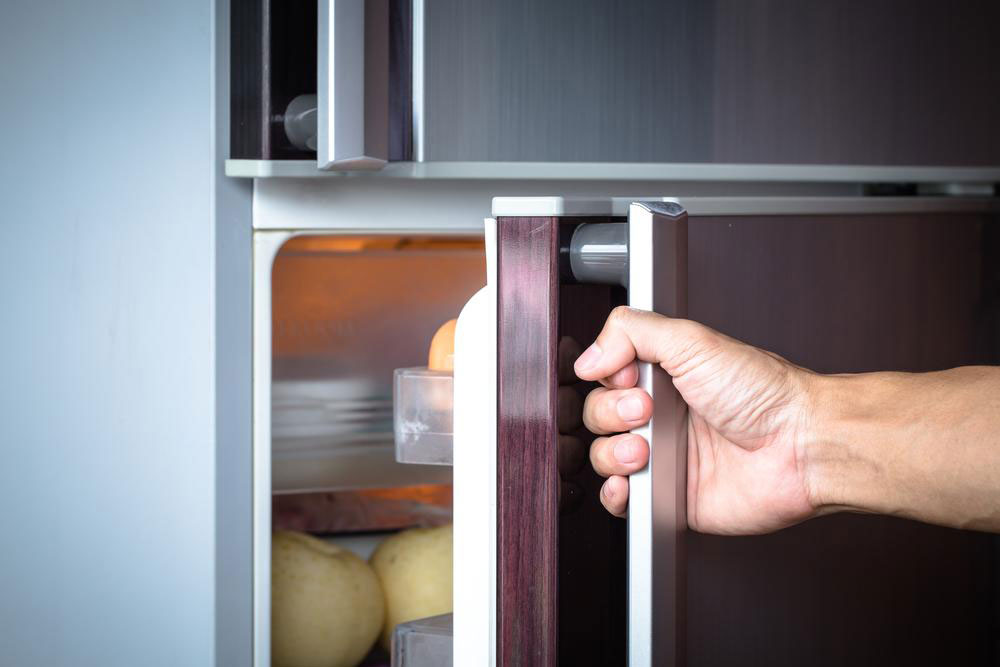Here’s what you need to know about outdoor refrigerators
Not any fridge can be used outdoors. This is because indoor and outdoor refrigerators are designed according to the varying demands of the customers. Sure, they both have a primary goal, that is to keep the food and drinks fresh and cool. However, they have different technologies to suit varied environments.
The refrigerators designed to be used outdoors involve two factors. Firstly, a refrigerator that has to be used outdoors has an ambient temperature range. This is because the temperature can get hot, but the mini fridge should be able to keep everything cool. As the temperature inside the house is generally cool, a refrigerator that is built to be kept outside has to have mechanisms that adjust to the drastically changing temperatures during day and night.

Secondly, electrical components that are part of the mini refrigerator are also weatherproofed. This is why an outdoor refrigerator is designed to handle the changing weather scenarios such as exposure to rain, water or dust. Such waterproof components are required to evade the risk of electrocution. Ensure that the mini fridge you purchase should be approved by the UL (Underwriters Laboratory). A UL certification guarantees that your outdoor fridge meets all the required safety standards.
However, outdoor weatherproofing does not imply that it can ensure all kinds of climatic conditions.
Outdoor fridges are also made to be in two styles that are free standing or built-in. One can be made to fit a cabinet in order to suit the design of your patio or backyard. As refrigerators need proper ventilation to sustain its performance, it is advised to ensure that the cabinet facilitates a decent flow of air. If you have limited space, then you can get a freestanding model which can be installed under the counter that could provide adequate ventilation. You can also move the freestanding model in your basement or garage if the weather gets too harsh.

